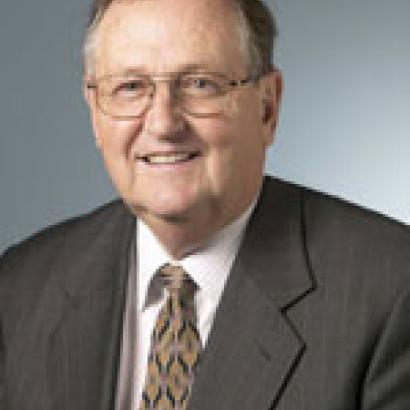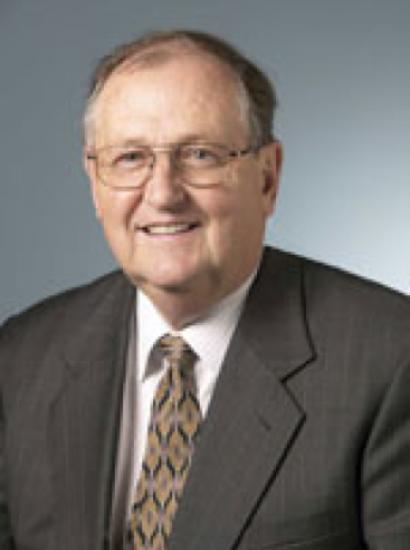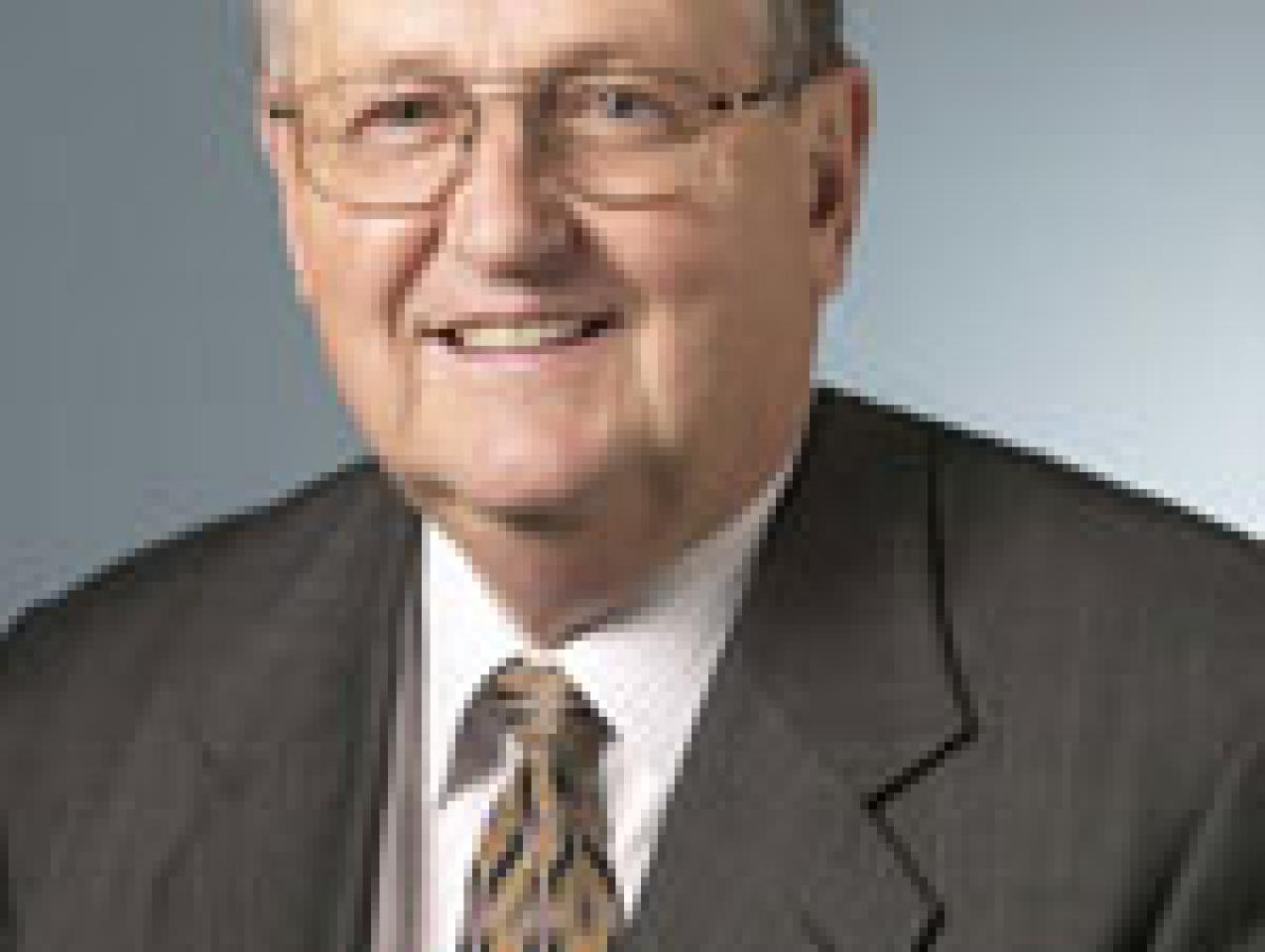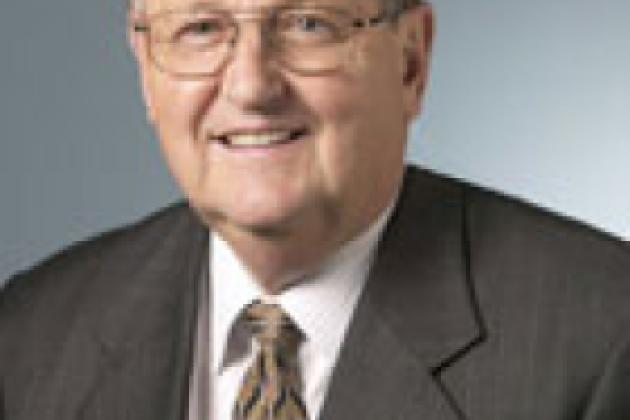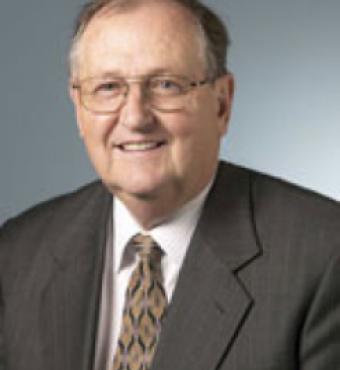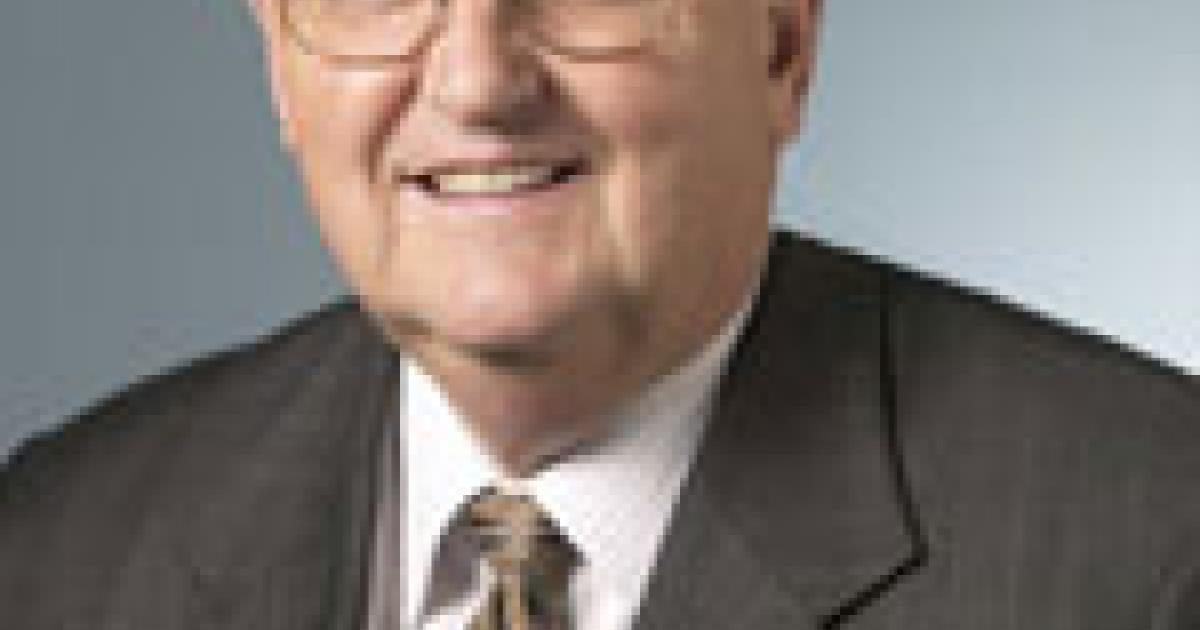As the health care issue evolved over the first three hundred days of the Obama administration, public opinion polls were often used by the administration and proponents of the various reforms to bolster the prospect of passage. As late as October 10, 2009, in his Saturday radio message, President Obama claimed there was an “unprecedented consensus that has come together behind health care reform.”
As early as July 30, 2009, however, Mark Blumenthal of Pollster.com cited five separate polls in which opposition exceeded support for reform. From January to late November, public support for President Obama’s health care reform fell from about 60 percent to 40 percent, and opposition rose to 50 percent (in the Pollster.com averaged poll, December 1, 2009). Why had support for health care reform fallen by twenty points? The reason seems clear: as Americans learn about the difficult trade-offs that health reform will involve, their enthusiasm for a major new entitlement program wanes.
In August 2009, we published a paper in Health Affairs that tested this hypothesis more formally. We reported the results of a survey that asked 3,344 U.S. adults (in January 2009) how much they would be willing to pay in increased taxes to subsidize health insurance for low- and moderate-income Americans. We calculated the likely costs of several realistic health reform scenarios and asked each respondent his or her family income. Then we calculated how much each respondent’s income taxes would have to increase to finance those costs, under the assumption that every taxpayer’s income taxes would increase by the same percentage.
We found that, although many people support major health reform in theory, only a minority are willing to pay for it. In particular, approximately 40 percent of Americans reported that they would be somewhat or very likely to support a policy similar to those being considered by Congress: a subsidy for private insurance that would reduce the number of uninsured by one-half. More modest entitlement expansions, such as a subsidy or Medicaid expansion that would reduce the number of uninsured by one-quarter, received slightly greater support but still less than a majority.
Others have found similar results. For example, a Washington Post/Kaiser Family Foundation/Harvard University Survey conducted in May 2007 found that 55 percent of respondents were unwilling to pay anything more in health insurance premiums or income taxes to increase the number of Americans who have health insurance. A FOX News/Opinion Dynamics poll conducted in October 2009 found that a majority were willing to pay only $100 a year for universal insurance coverage—far less than even the most optimistic estimates of what universal coverage would cost.
We also asked about people’s willingness to pay for a subsidy that would be targeted to those with a chronic illness or persistently high health costs. The response to this question was quite different. Fully 62 percent of Americans said they would be somewhat or very likely to support a program such as this, even after considering the increase in taxes that would have to be imposed on them to finance it. A subsidy for the chronically ill even attracted majority support among the upper-income half of the country. We found that 53 percent of respondents with incomes of $50,000 or more favored such a program, despite the fact that they would be paying for it disproportionately through our progressive income tax system.
What do we conclude? On the one hand, Americans are willing to pay higher taxes to help those less fortunate than themselves. In particular, people seem more willing to pay to help those who have suffered a setback over which they have little or no control—like the onset of a chronic illness. This is social insurance in its purest sense.
On the other hand, Americans’ willingness to pay for health reform has limits. Our results show that, for a majority, the cost of the policies currently under consideration by Congress exceeds those limits. The fact that Congress is seeking to finance reform, at least in part, by future Medicare cuts does not obviate this finding. First, the savings from those cuts are unlikely to materialize. Congress has tried to cut Medicare in the past but failed. Second, even if the cuts could be achieved, there is no evidence that support for reform would be greater if people were offered the choice between a Medicare cut plus reform and a Medicare cut plus a tax rebate.
Our poll, conducted in January 2009, showed that about 40 percent of Americans favored reform at a time when most polls were showing stronger majority support. What accounted for the difference between our poll and the others? First, the polls often do not spell out exactly which reform is under consideration. Second, only a few surveys present respondents with any estimates of the costs of reform.
The support for health care legislation we found in January 2009 matches today’s summaries of all polls on health care; in January we had today’s numbers indicating opposition, not support, for major policy change. Why did it take seven months for regular public opinion polls to ascertain what we knew in February? The answer is that our poll did not assume that health care reform would be costless. We specifically put realistic costs on alternatives, which affected voters’ support. The long-drawn-out political processes ultimately revealed the approximate costs of the various policies. Thus, over time, support for major health care policy changes declined among citizens. Polls that do not include the trade-offs associated with major policy proposals should be looked on with suspicion.








